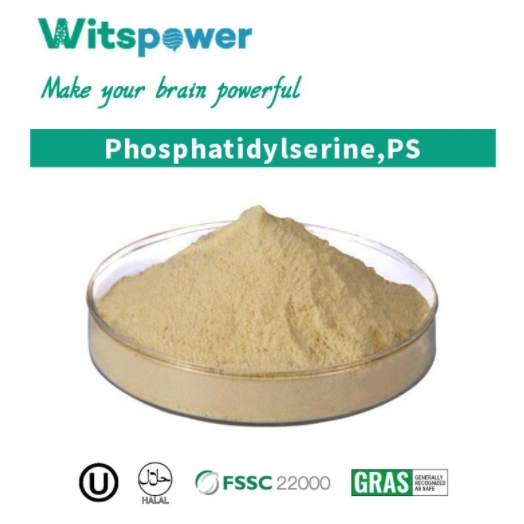How is high quality phosphatidylserine sourced?
Phosphatidylserine (PS) is a vital phospholipid known for its role in supporting brain health and cognitive function. As consumers become more conscious about the quality of their supplements, understanding how high quality phosphatidylserine is sourced becomes essential. In this article, we delve into the journey of this remarkable compound, exploring its origins and the factors that contribute to its superior quality.
Sourcing from Soy and Sunflower:
High quality phosphatidylserine is primarily sourced from two natural sources: soybeans and sunflower lecithin. These plants contain phospholipids, including phosphatidylserine, in their seeds. The extraction process involves carefully isolating the phospholipids from the seeds, including phosphatidylserine, to obtain a concentrated and purified form.
Sustainable and Non-GMO Practices:
Responsible manufacturers ensure that their phosphatidylserine is sourced from sustainable and non-genetically modified organisms (non-GMO) crops. This commitment to sustainability ensures that the sourcing process minimizes environmental impact and maintains the integrity of the natural ingredients used.
Extraction Methods:
To obtain high quality phosphatidylserine, manufacturers employ advanced extraction techniques. The process typically involves a combination of solvent extraction and purification steps. Solvents, such as hexane or ethanol, are used to separate the phospholipids from the plant material. Subsequent purification steps remove impurities, resulting in a highly concentrated and pure phosphatidylserine extract.
Quality Control and Testing:
Maintaining high quality standards is crucial in the production of phosphatidylserine. Reputable manufacturers implement rigorous quality control measures throughout the sourcing and manufacturing processes. This includes testing the raw materials for purity, potency, and the absence of contaminants, ensuring that the final product meets stringent quality standards.
Third-Party Certification:
To further assure consumers of the quality of phosphatidylserine, some manufacturers obtain third-party certifications. These certifications validate the product's authenticity, purity, and adherence to good manufacturing practices. Look for certifications from reputable organizations such as NSF International, USP (United States Pharmacopeia), or GMP (Good Manufacturing Practice).
Bioavailability and Absorption:
Another factor to consider when sourcing high quality phosphatidylserine is its bioavailability and absorption. Certain manufacturing techniques, such as liposomal encapsulation, can enhance the absorption and utilization of phosphatidylserine in the body. Liposomal formulations protect the phosphatidylserine molecules, enabling them to survive the digestive process and reach the target tissues more effectively.
Conclusion:
The journey of high quality phosphatidylserine begins with responsible sourcing practices, utilizing sustainable and non-GMO crops such as soybeans and sunflowers. The extraction process, combined with strict quality control measures, ensures the purity and potency of the final product. Look for third-party certifications and innovative formulation techniques that enhance bioavailability for optimal results. By understanding how high quality phosphatidylserine is sourced, consumers can make informed choices and prioritize their brain health and cognitive well-being.
244
0
0



Comments
All Comments (0)